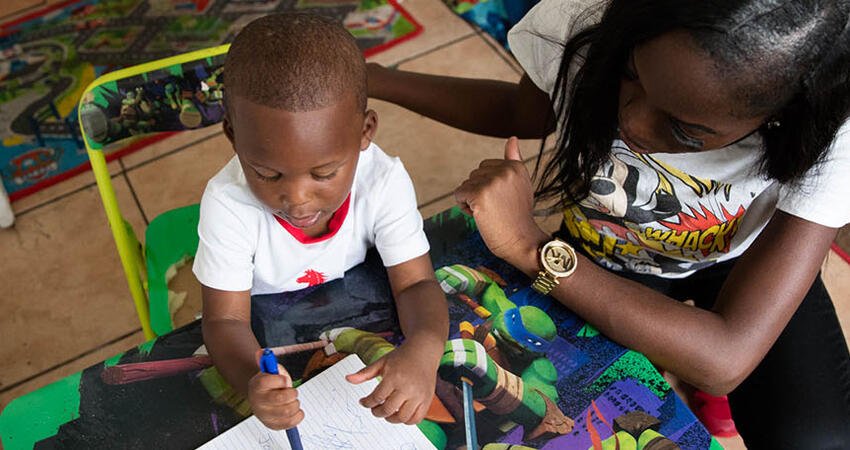
Supportive Housing Can Help Keep Families Together
by Mary K. Cunningham, Mike Pergamit, and Sarah Gillespie
Many families who come to child welfare agencies after a report of child abuse or neglect are experiencing homelessness or severe housing instability. Nearly 11 million households (PDF) nationwide are paying too much for rent, and about 1.4 million people use homeless shelters and transitional housing over the course of a year. There is no place in the country where there is enough affordable housing.
Children experiencing homelessness or living in inadequate and unstable housing are exposed to many risks, including a heightened threat of involvement with the child welfare system. Can child welfare agencies play a role in addressing the lack of affordable housing? What if providing housing, plus other supportive services, could prevent out-of-home placements to foster care? What if, for those children already in foster care, it could help them reunify with their parents?
In 2012, the US Department of Health and Human Services launched Partnerships to Demonstrate the Effectiveness of Supportive Housing for Families in the Child Welfare System to answer these questions. The demonstration provided $5 million in five-year grants for intensive wraparound services to be linked with permanent, affordable housing marshalled by five demonstration communities (Broward County, Florida; Cedar Rapids, Iowa; Connecticut; Memphis, Tennessee; and San Francisco, California).
Each site leveraged housing resources in their community by partnering with a local entity that provides housing—for example, a public housing authority or agency, a homeless service provider, or private market landlords. The demonstration targeted homeless and unstably housed families with the most needs in the child welfare system.
The Urban Institute completed a randomized controlled trial evaluation of the demonstration to evaluate the impact on families. We also interviewed families and program staff across the five sites to learn about parents’ experiences and about how sites implemented the supportive housing models.
We know conclusively from this study (and others) that helping families pay rent improves their housing stability. Indeed, one year after enrollment, 86 percent of treatment group families lived in a house or apartment with their own leases, nearly double the control group’s rate. Treatment families were also less likely to face eviction, experience homelessness, or move frequently.
What about the outcomes child welfare agencies are responsible and accountable for? We found that supportive housing can lead to reduced removals and increased reunifications among children in out-of-home care. But results vary among the sites, likely because of differences in their target populations, supportive housing models, implementation experiences and challenges, local housing markets, and child welfare practices.
Of the four sites serving reunification families, Connecticut and Broward County showed higher rates of reunification, with each having over 30 percentage points more children reunifying in the treatment group. These are dramatic results for a social policy intervention. There were no detectable differences between treatment and control groups in Cedar Rapids and San Francisco.
For preservation families, 24 months after enrollment, Connecticut and Memphis showed lower removal rates in the treatment group than in the control group, with the differences ranging from 8 percent in Memphis to 15 percent in Connecticut. Broward County, which targeted two different types of preservation families, showed lower removal rates for families who remained monitored with child welfare services. There were no detectable differences between the treatment and control groups in Cedar Rapids.
These results are promising. We should learn from the places that showed positive results, replicate their approaches, and further test this intervention.
But what do these findings mean for child welfare agencies? These agencies’ responsibility is to keep children safe. They are not in the housing business, and they don’t need to become landlords or public housing authorities. But ensuring they have stable housing by partnering with housing authorities and homeless service providers (PDF) could help these agencies do their job better and help keep families together.
Photo by Lydia Thompson for The Urban Institute


